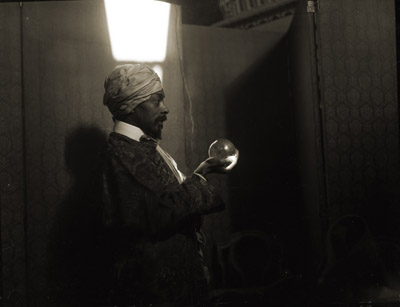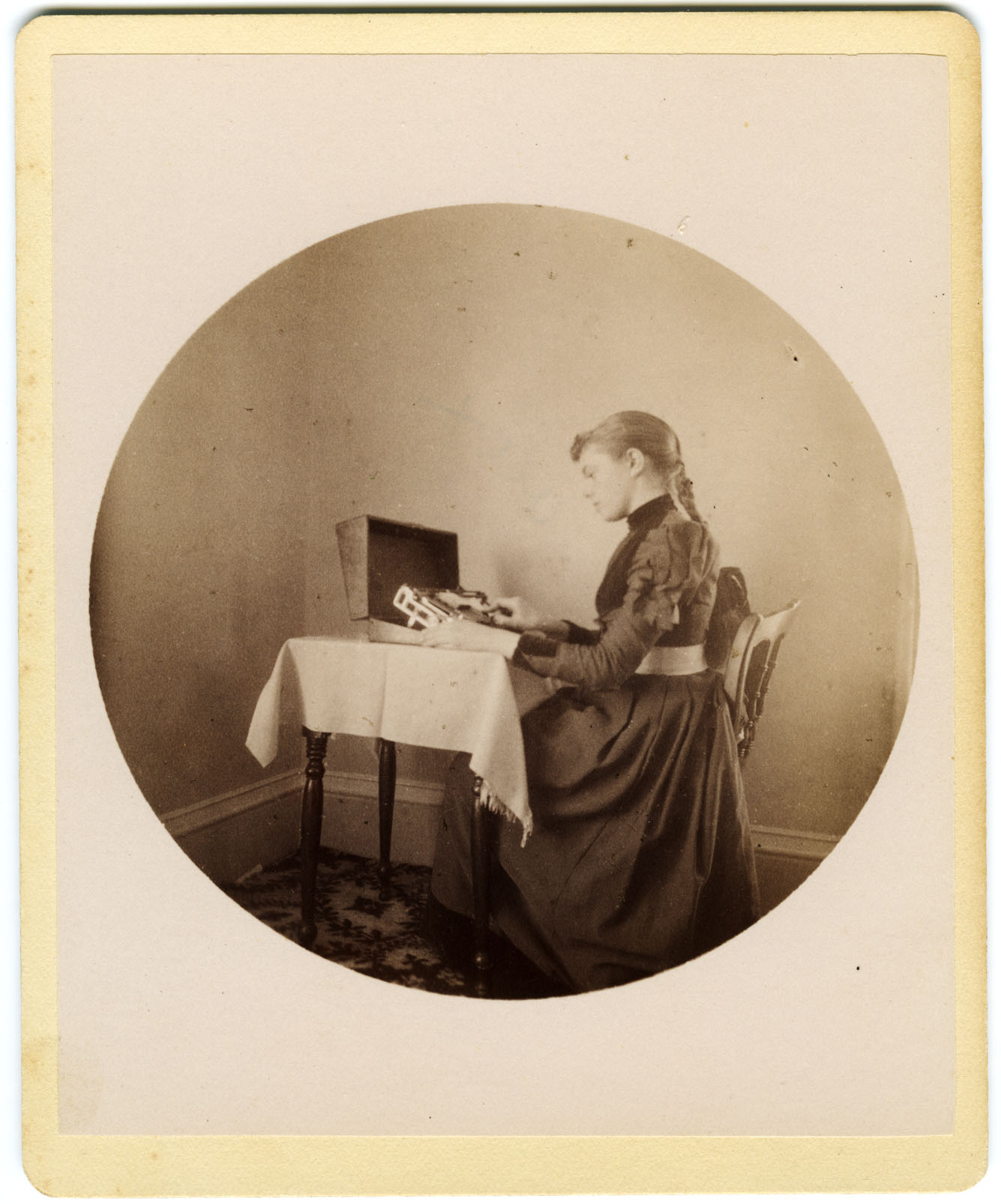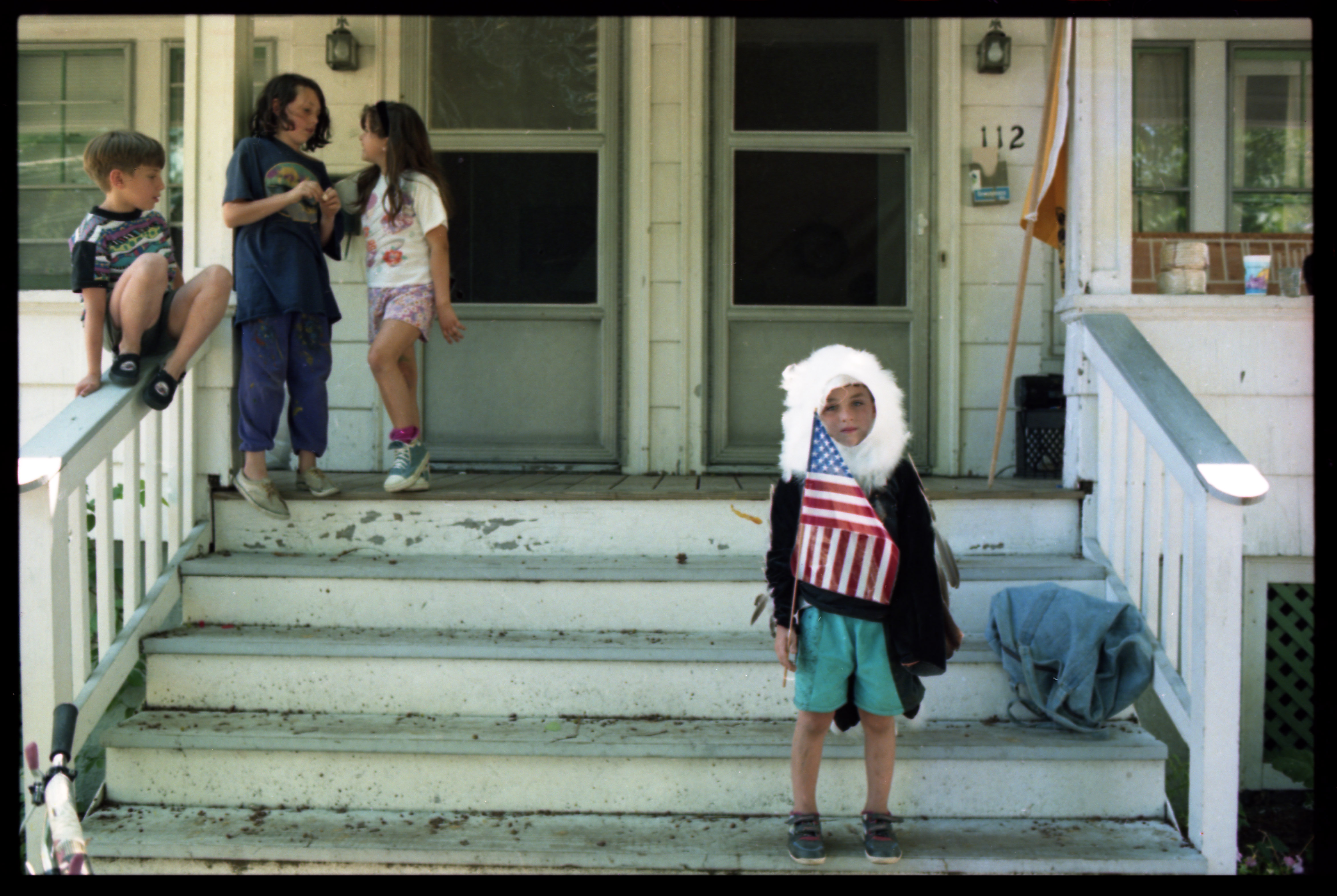Diane Bonder made experimental film and videos, using Super 8 and 16mm. Her poetic semi-narrative and autobiographical films explore themes of identity, landscape, memory and loss. Growing up in Northampton, Massachusetts, she graduated with her BA from UMass Amherst and studied photography at the Photographic Resource Center in Boston. She received her MFA from Rutgers University in 1993. In 1996, Bonder moved to Brooklyn, making it her home. Bonder was an artist in residence at UCross (Wyoming) and Squeaky Wheel (Buffalo, N.Y.) and received grants from NYFA and NYSCA. She maintained a longstanding relationship with Millennium Film Workshop, where she taught herself the optical printing techniques, which became part of her signature visual style. Bonder’s award-winning films have been screened at the Whitney Museum of Art, Brooklyn Museum of Art, Anthology Film Archives, NY, SF Cinematheque, Mix NYC and at many international film festivals, universities and curated screenings. Her work continues to be screened around the world. Retrospective screenings of her work have been held at MOMA, Hallwalls (Buffalo, N.Y.) and Millennium Film Workshop (New York).
The Diana Bonder Papers provides insight into her creative process as a filmmaker and photographer. The collection features film reels, U-Matic, Hi8, VHS, DVDs, and audio, which include Closer to Heaven, You Are Not From Here, The Physics of Love, Dear Mom, Tongue in Chic, Parole, Dangerous When Wet; film notebooks; slides, negatives, contacts sheets, which include portraits, landscapes, family photographs, Rutgers (installation, film, other project studies/prep), “Blood and Veins,” and others; photographic prints; and two large lightboxes and several small lightboxes.
Gift of Elizabeth Stephens and Liss Platt, 2025.




